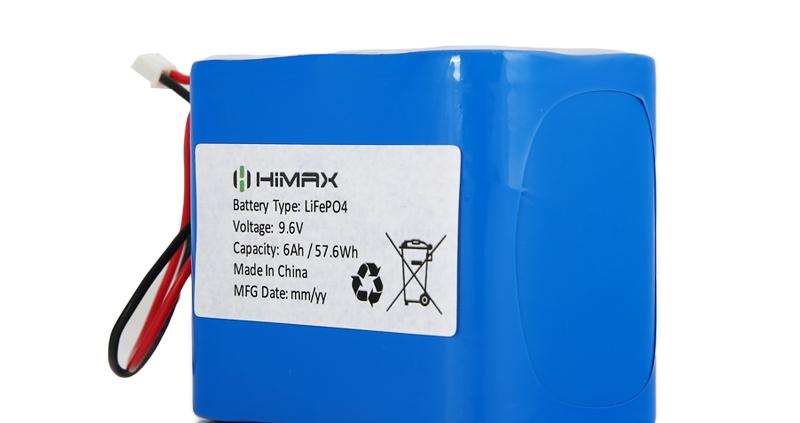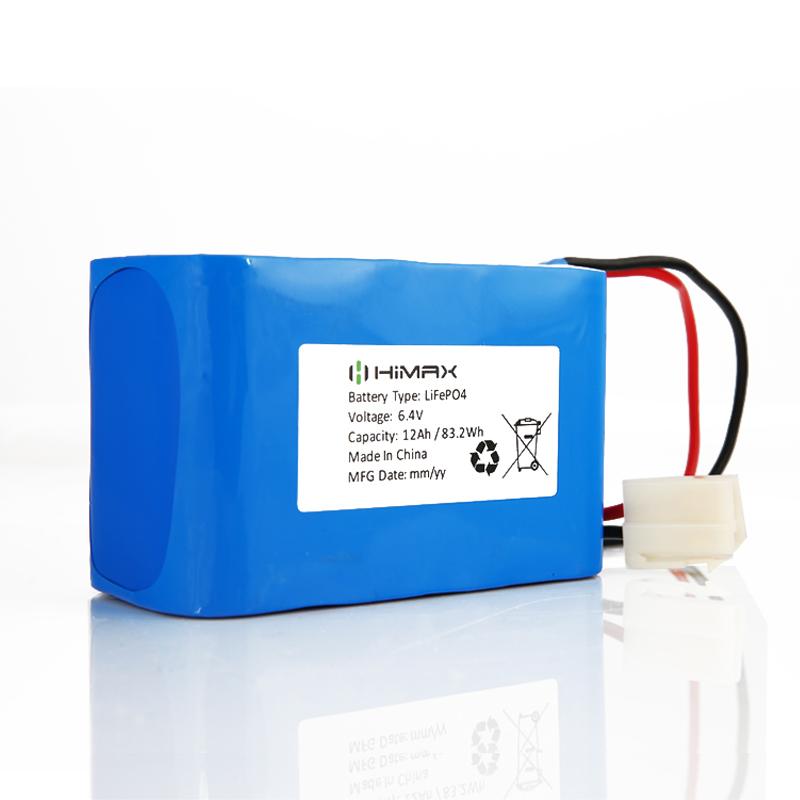A new way to deal with the fading capacity of Lihium metal battery caused by dead lithium
Lithium (Li), as the charge carrier in traditional li ion customized battery packs and emerging lithium metal batteries, has always been an indispensable medium to ensure battery operation. However, battery energy, longevity, and safety improvements are urgently needed in various applications, including electric vehicles and grid energy storage. Currently, inactive lithium (dead lithium) in the form of a solid electrolyte interface phase (SEI) and metallic lithium that loses contact with the electrode and loses the conductive path are considered to be the main reasons for capacity fading and insufficient life. It depends largely on the nature of SEI on the negative electrode surface for these unfavorable factors.he volume change of lithium during cycling causes the SEI to rupture, fresh lithium is exposed to the electrolyte again to form a new SEI. Such repeated damage/repair of the SEI makes the previously used strategies to improve SEI stability unavailable. In addition, the potential relationship between SEI film fragments (dead SEI) and metallic lithium due to electrode disengagement and loss of conductive pathways is unclear, making clarifying strategies to suppress dead lithium to prevent battery failure more challenging.
In view of this, the team of Professor Tao Xinyong of Zhejiang University of Technology and Professor Lu Jun of Argonne National Laboratory (co-corresponding author) quantified the Li2O content in the SEI layer based on the recent understanding that Li2O dominates SEI on lithium metal anodes. More importantly, the team revealed the correlation between SEI film fragmentation and dead lithium and showed that lithium loss in the SEI and dead lithium fragmentation are major causes of expected performance degradation in lithium metal batteries.
Based on such findings, the team proposed a method to reduce SEI fragment content through the redox reaction of iodine mediator (I3-/I-), which can effectively activate electrochemistry in dead SEI and Inactive lithium. The proposed Li2O transfer from the dead SEI to the newly exposed lithium surface not only effectively eliminates the accumulation of dead SEI and lithium metal fragments during lithium deposition/stripping cycles but also significantly suppresses the highly active metal-induced electrolyte decomposition in batteries.
The team used biomass materials as carbon sources to prepare carbon-loaded iodine capsules (ICPC) and found that I3-/I- spontaneous redox can effectively restore dead lithium to compensate for lithium loss. Notably, the deactivated lithium in LiO of dead SEI and deceased lithium metal fragments are transferred to the high-voltage cathode and subsequently recycled to compensate for the loss of lithium, thereby significantly improving the cycle reversibility of lithium metal batteries. The electrochemical performance shows that lithium metal total cells based on limited li ion customized battery packs exhibit ultrahigh performance (1000 cycle life and high Coulombic efficiency of 99.9%); using this strategy to match LiFePO4 (LFP) and LiNi0.8Co0.1Co0.1Mn0 .1O2 (NCM811) and other commercial cathode-assembled button and pouch batteries have shown very encouraging cycle performance and ultra-high efficiency. Therefore, this strategy opens up new avenues for mitigating the capacity fading caused by inactive lithium supply of lithium metal batteries and improving their cycle life, and also for other anode materials challenged by dead SEI and dead lithium, such as silicon, tin, alloys, etc., providing the possibility of large-scale application. Related research results, “Rejuvenating dead lithium supply in lithium metal anodes by iodine redox,” were published in Nature Energy.
If you have any question, please feel free to contact us:
- Name: Dawn Zeng (Director)
- E-mail address: sales@himaxelectronics.com




